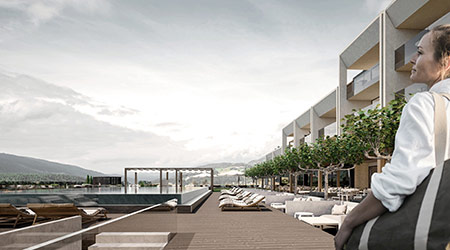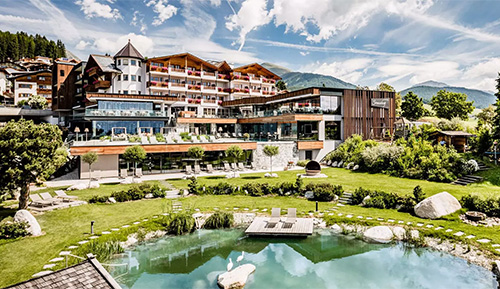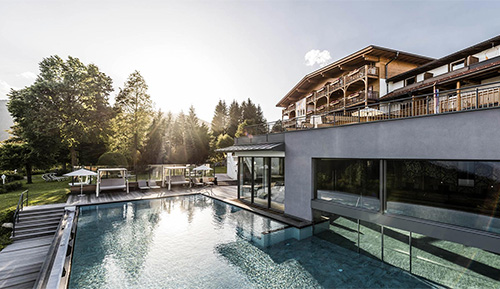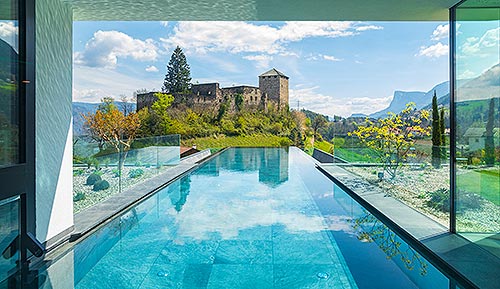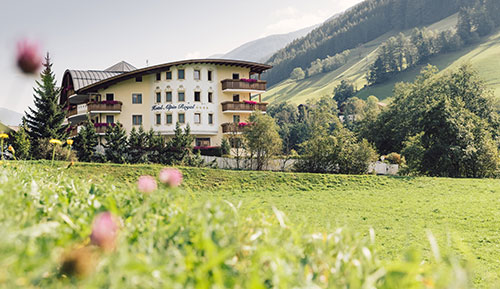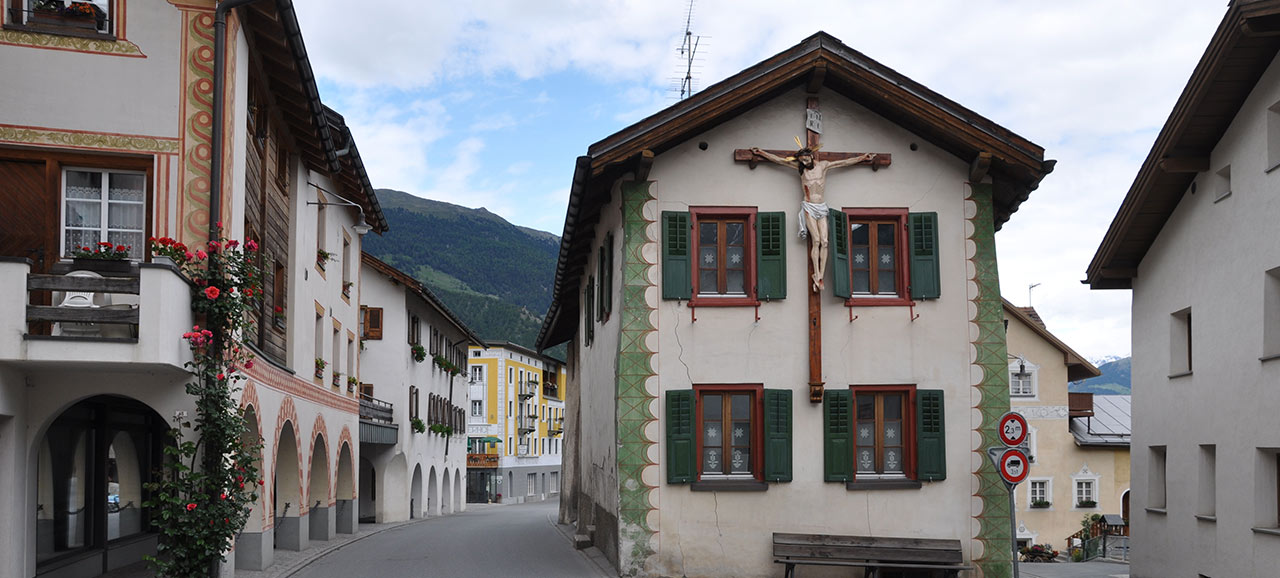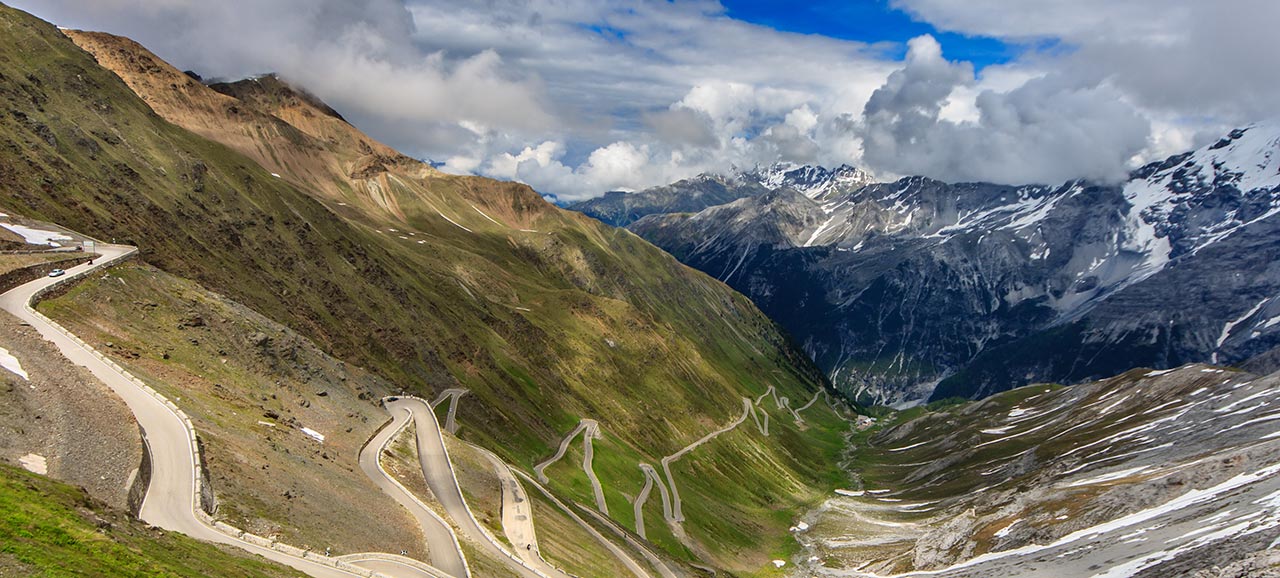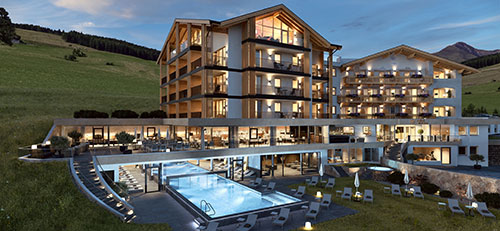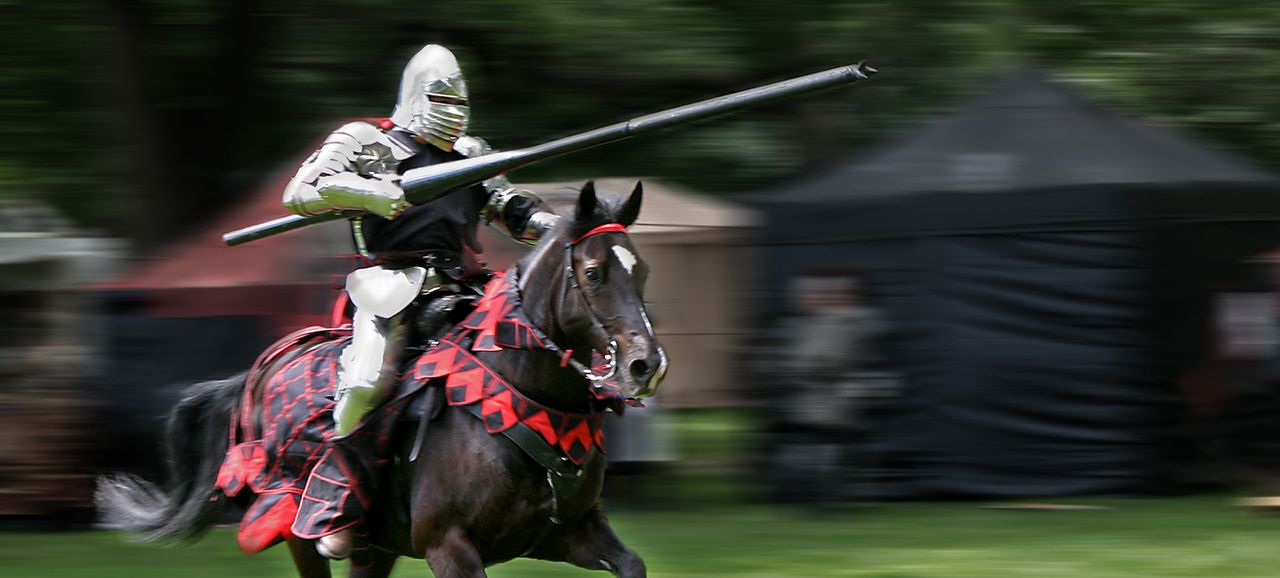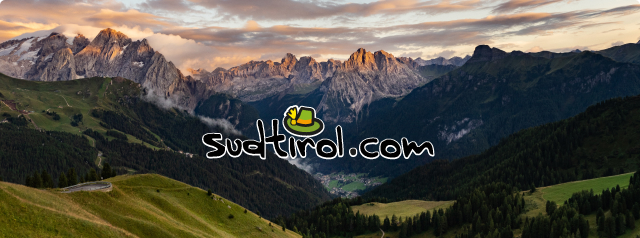Stelvio and its hamlets of Solda, Trafoi and Gomagoi
Stelvio appears to the visitor to be a little, hidden village, consisting of a group of houses huddled closely together. It lies on a steep, sunny slope and it is said that it is so steep that even the hens need crampons.
At an altitude of 1,310 m a.s.l. in the Venosta valley skiing area, Stelvio includes the hamlets of Solda, Trafoi and Gomagoi. The local area forms part of the Stelvio Nature Park and lies at the foot of the pass of the same name.

Passo dello Stelvio is one of the highest border crossings in Europe and was constructed at the behest of the Austrian Emperor Franz I between 1822 and 1825, to connect Venosta valley with Milan, which at that time belonged to Austria. The task was entrusted to Carlo Donegani, who had already constructed Spluga Pass on the Italian-Swiss border. The construction works, which involved countless labourers, engineers and geologists, took only three years. Passo dello Stelvio, the theatre for many conflicts in the First World War, used to be open all year round. Only after the war it was decided to restrict the opening of the pass to summertime.
After the Second World War Stelvio gained fame among visitors thanks to the first Summer Ski School on the glacier at the beginning of the 1950's, opened by Giuseppe Pirovano and his wife Giuliana Boerchio. Today, Stelvio is still one of the most famous Alpine ski resorts.
In summer many cyclists come to Stelvio, to try out their skills on the diverse and challenging gradients. In 1953 the area became part of the course for the Giro d’Italia, from which Fausto Coppi, known everywhere as "champion of champions" emerged victorious. However, even in summer there are areas where the ice remains and therefore it is increasingly seldom that it forms part of the Giro d'Italia.

